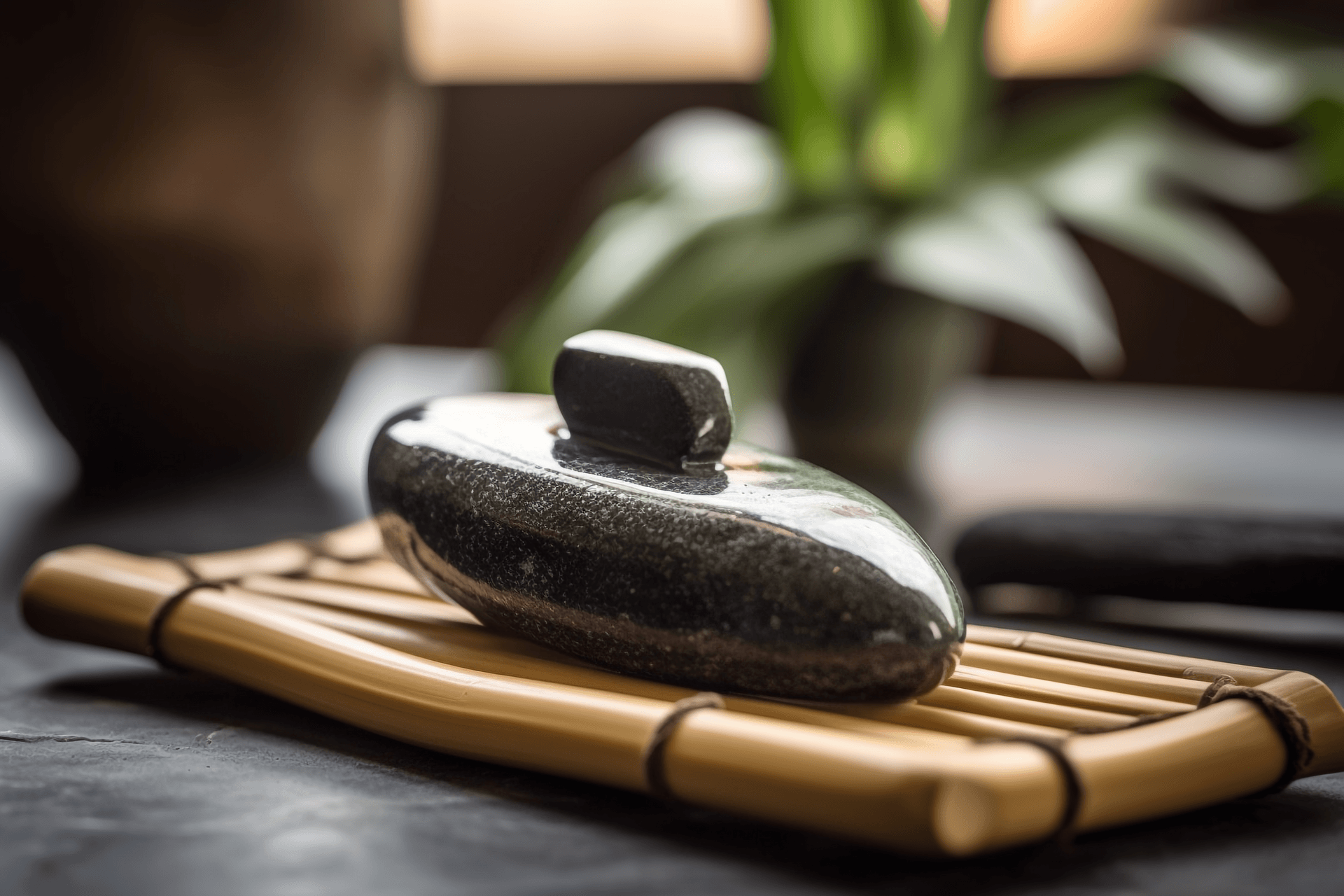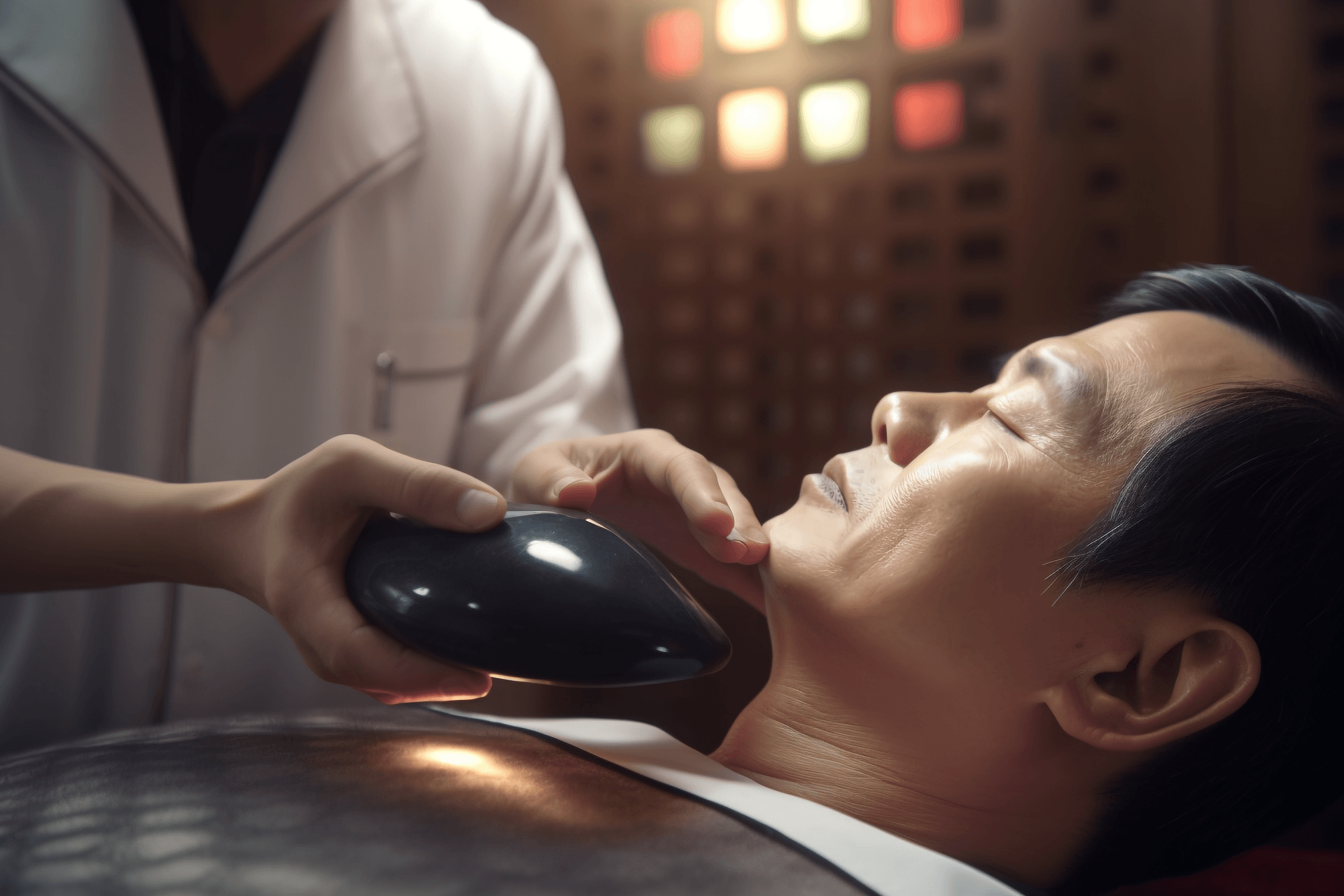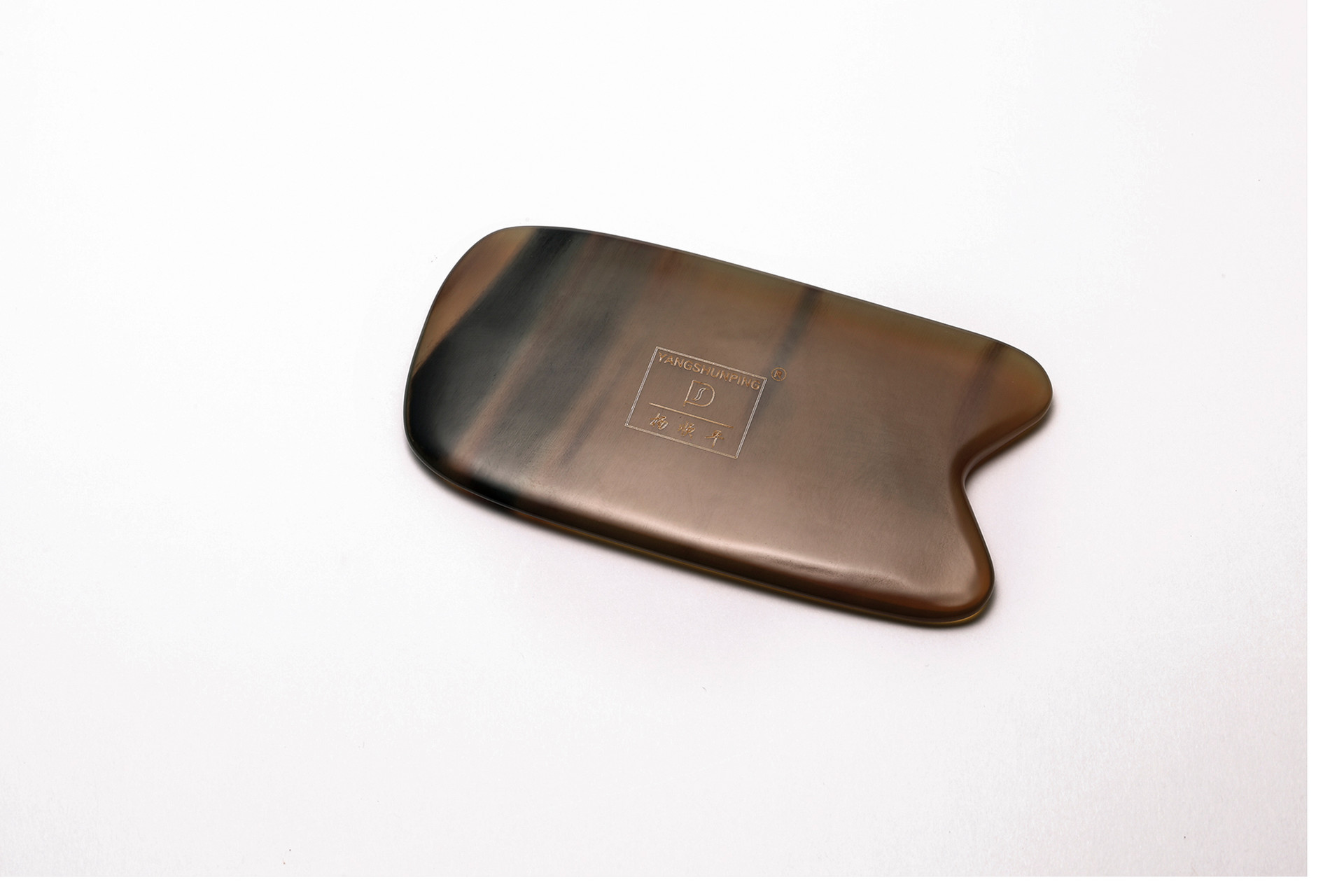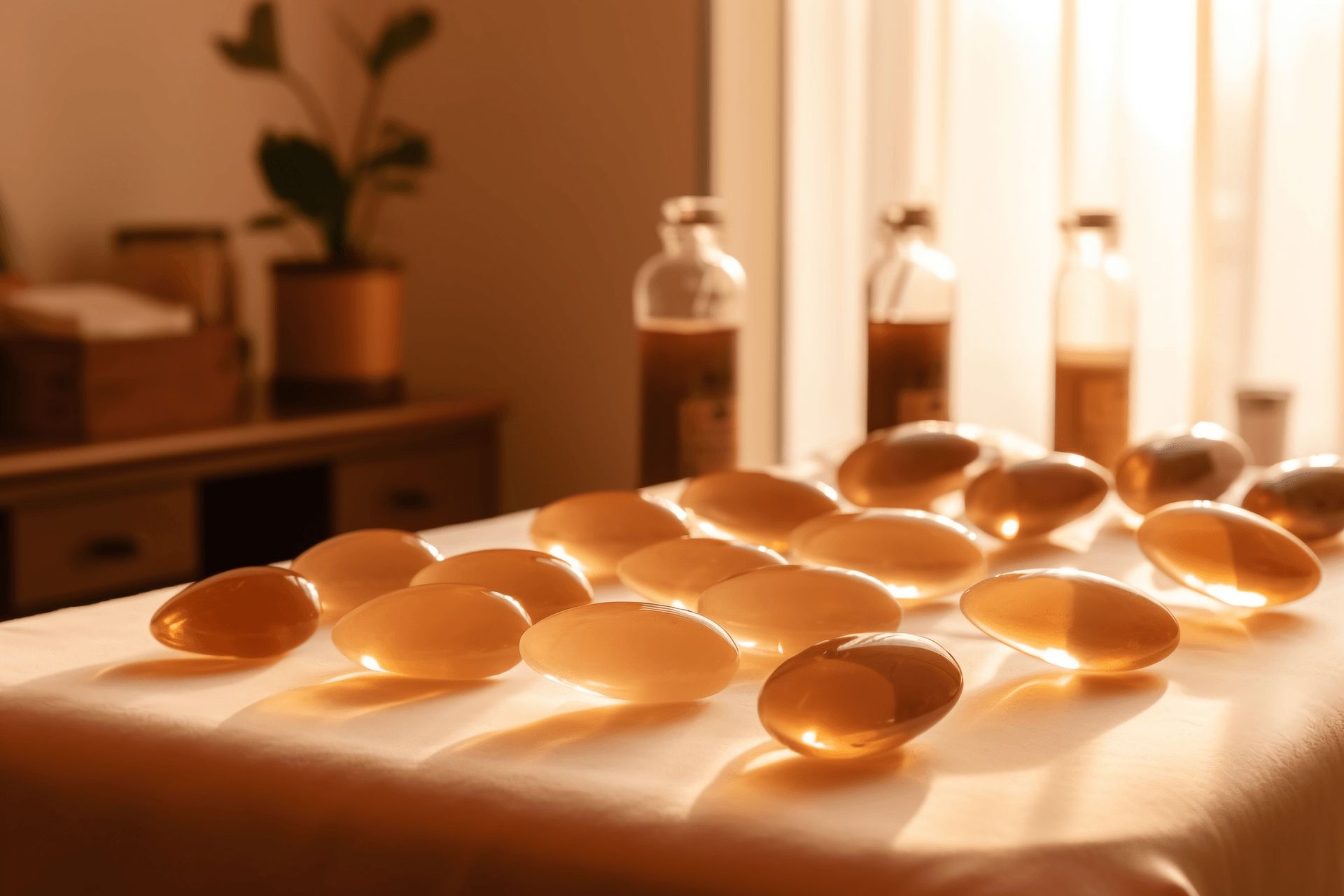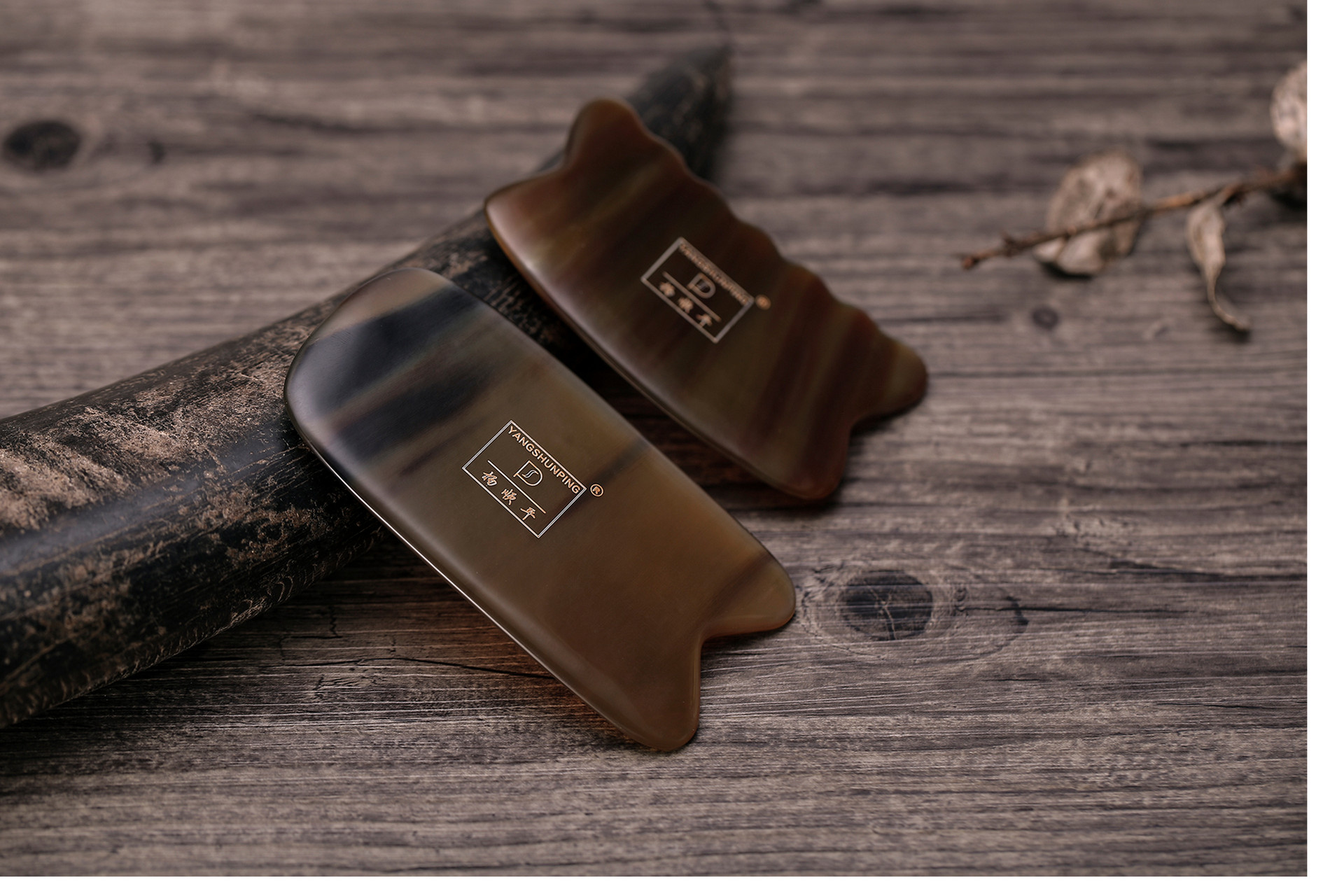Scraping is a common way of health preservation in traditional Chinese medicine. Many people choose scraping to maintain their bodies. So, what are the effects and benefits of scraping? After scraping, the pores of the body are open, so when can you take a shower? The materials of the scraping board are also different. Which material is better?
Effects and Benefits of Scraping
1. Scraping the hands and feet can promote the circulation of qi and blood
Women often experience cold hands and feet. Traditional Chinese medicine believes that this symptom is mainly related to insufficient yang qi or poor circulation of qi and blood. You can first scrape the palms with the scraping board, and then scrape from the root to the fingertips after the palms become warm. Scrape each direction about ten times to effectively promote the circulation of qi and blood.
2. Scraping the abdomen can help with bowel movements
Long-term constipation can affect our digestion and cause the body to absorb many toxins. At this time, patients can use scraping to scrape from the upper abdomen to the lower abdomen, and then from left to right. If the patient has symptoms of visceral prolapse, scraping from bottom to top is needed to avoid worsening the symptoms of visceral prolapse.
3. Scraping around the eyes can improve vision
Many people do eye exercises and are familiar with several acupoints. Using scraping instead of finger massage can have a better stimulating effect on the acupoints. First, use the scraping comb to press the Jingming acupoint (on both sides of the bridge of the nose, about half a centimeter from the inner corner of the eye), and then scrape from the Jingming acupoint to the outer corner of the eye in both the upper and lower eyelids. This can effectively improve the circulation of qi and blood around the eyes and relieve eye fatigue.
4. Scraping the neck can relax muscles and promote blood circulation
Neck and shoulder discomfort is a common occupational disease for desk workers. Scraping can relax muscles, promote blood circulation, and improve local blood stasis. Patients should choose three routes, namely, from the midpoint of the occipital hairline to the Da Zhui acupoint (the depression below the spinous process of the seventh cervical vertebra), as well as from the upper edges of the two outer corners of the occipital hairline to the left and right shoulder directions. In addition, scraping this area during a cold can also help expel wind and dispel pathogenic factors.



